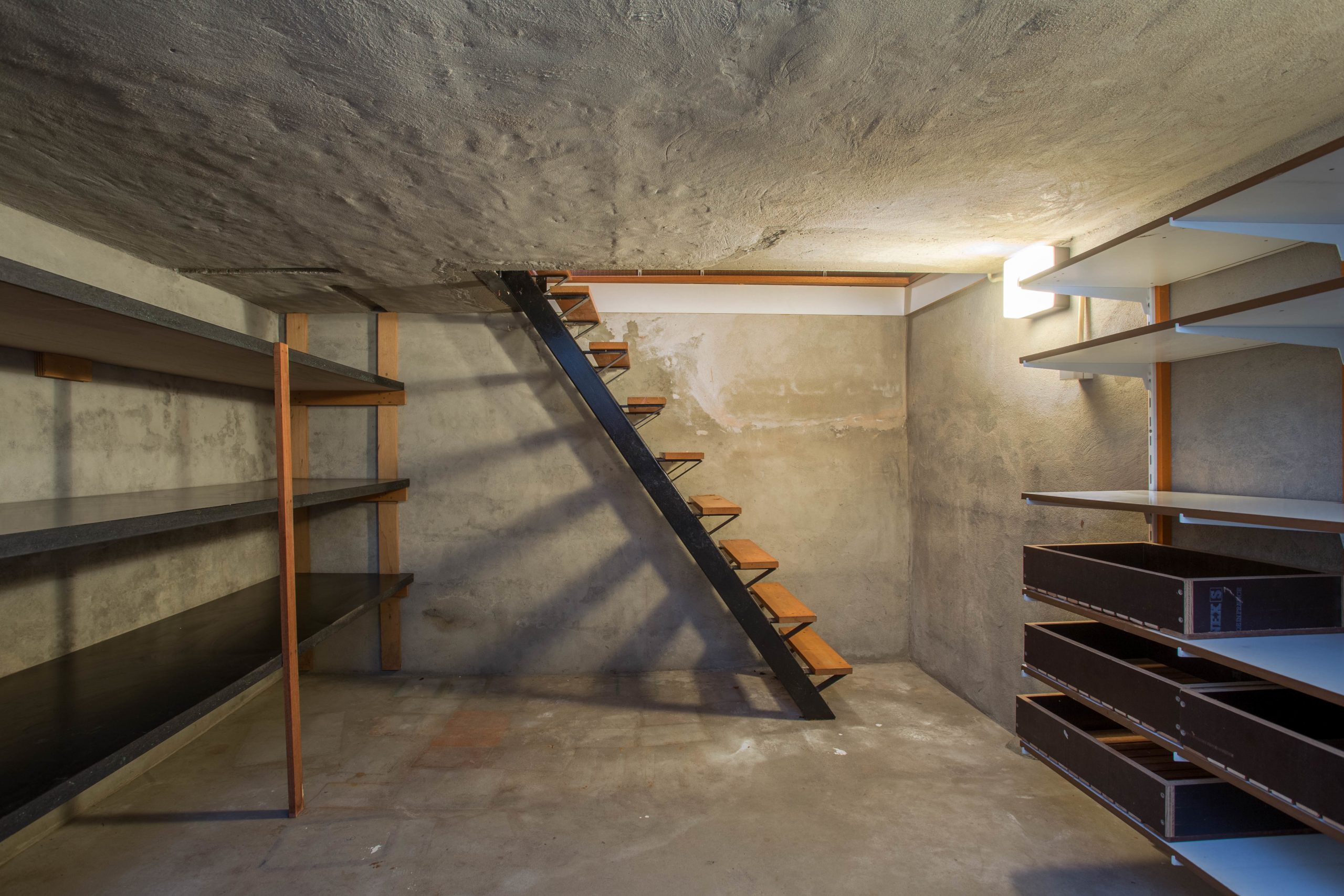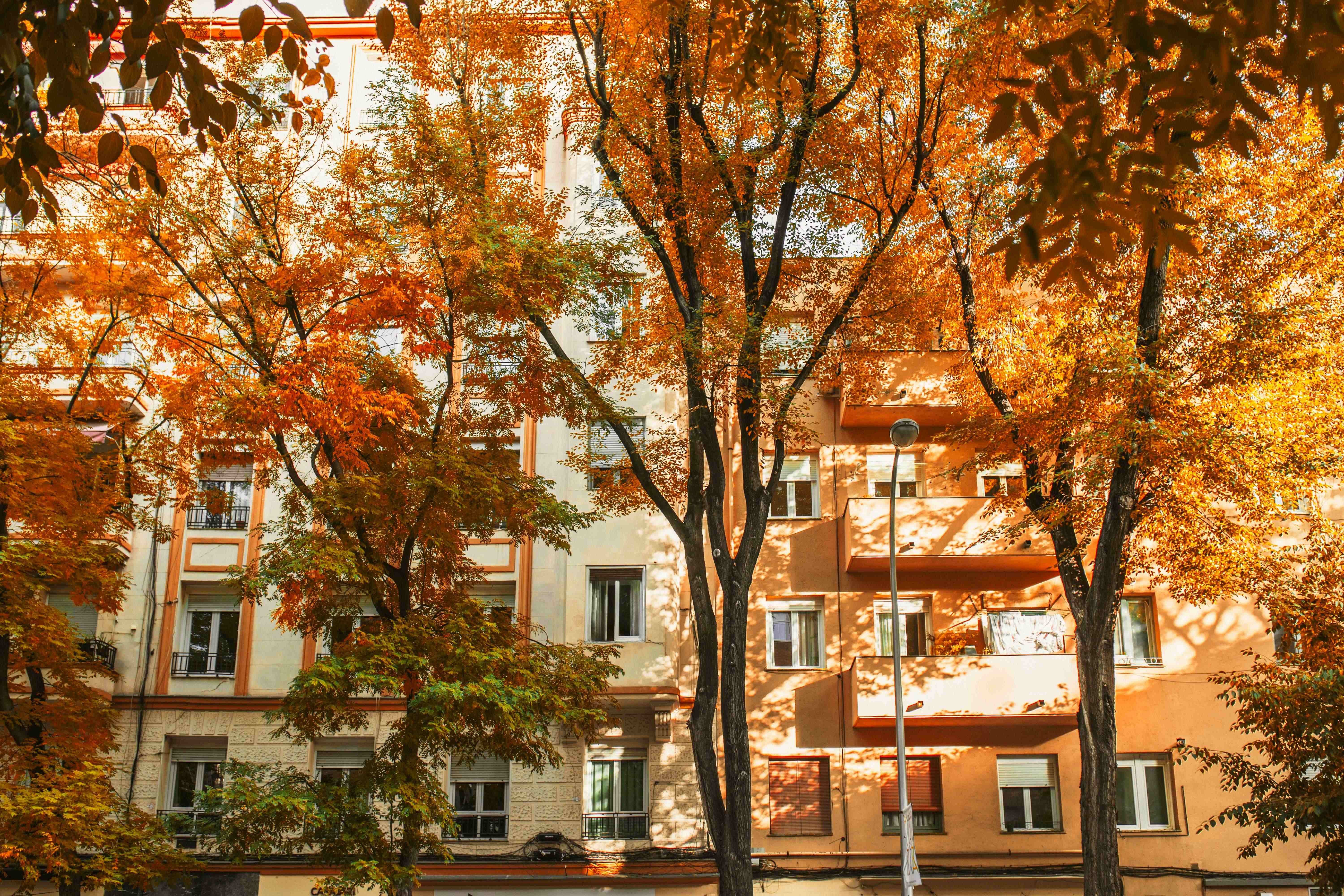Radon is completely odorless as well as being invisible. Because it is often found unexpectedly in basements, some people mistakenly believe that it only occurs in basements. This is a dangerous assumption that may damage your ability to protect your home if you are not careful.
Most commonly homes with basements are suspect for having higher radon levels. The fact that porous foundation walls allow radon gas to enter a home is no secret and with most basements containing a sump well, there are many access points from which radon can enter a home.
However, homes above a crawl space suffer the same fate. Whether your crawl space is a dirt crawl (unfinished), poured concrete (finished), or even lined with a protective barrier, radon can still enter your home. Additionally, with its closer proximity to the ground, the living areas of the home may be more susceptible to radon as it does not have the same amount of time to decay in a full basement prior to entering living areas.
Not to be forgotten, homes built on a slab are also at risk for high radon levels. As a matter of fact, homes built on a slab to not have the ‘buffer’ of a basement or crawl space to absorb and dissipate radon gas before it enters the living area of a home.
There is truly no single style of home that is not prone to radon gas and potentially highly dangerous levels.
What about new homes built with radon-resistant construction techniques?
As early as 1990 some homes have been built using radon-resistant materials and with pre-piped radon mitigation systems installed. Clean gravel “airflow layers”, vapor barriers, additional polyurethane caulking, and vent pipes are all widely used. However, as the name states, these techniques are radon ‘“resistant” and cannot fully remove the risk of a high radon level. Testing should still be performed to determine a homes radon level and in instances when a high radon level is present, some of the installed vent pipes used for passive radon reduction can easily be converted to an active system by a professional radon mitigation specialist.
Other sources of radon
If you have certain building materials in your home, then you need to worry about radon sources other than just below your home. In general, naturally occurring stone, rock and brick building materials always contain some Uranium that decays into Radon… These types of stone typically used for countertops and/or fireplace mantels may be a potential source of radon in your home. In most cases, the amount of radon immediate here is not a huge problem, but you need to know for sure.
In general, detection is your number one weapon against radon exposure. Make sure that you test your home regularly. This is the only ways that you will be able to protect yourself against the detrimental effects of radon in your home.







